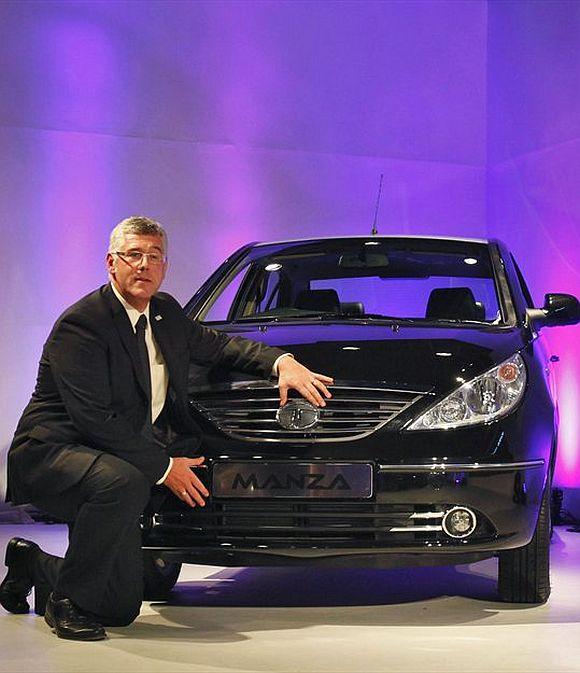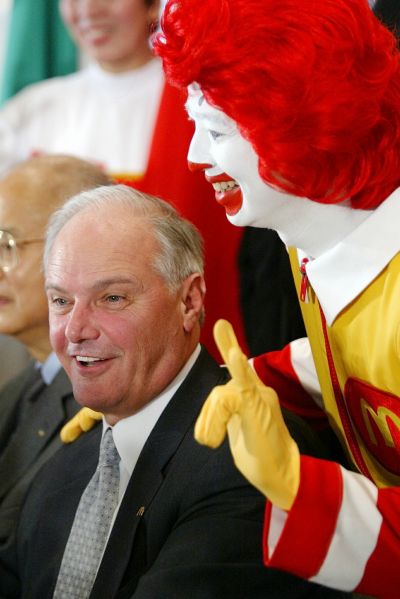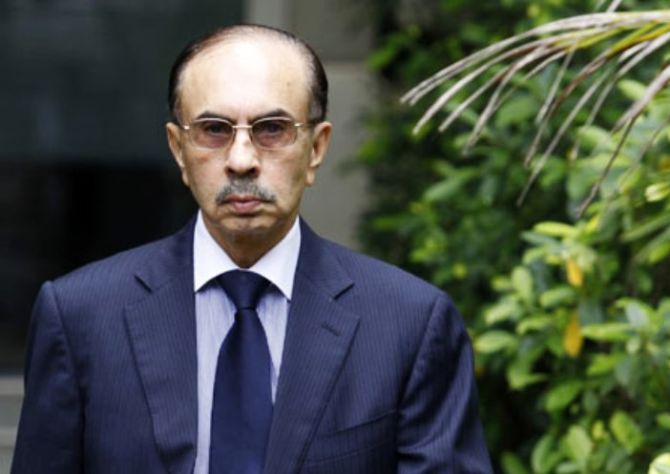 | « Back to article | Print this article |
Karl Slym's death is a wake up call for Indian companies
Beyond the obvious human tragedy, Karl Slym's sudden death is a wake-up call for India Inc on the need for a well-oiled CEO succession mechanism.
Appointing an interim successor (either the chairman or a retired or about-to-retire senior executive takes up the job in most cases) is the usual practice when a large company has suffered the abrupt exit of a CEO.
But it's not enough. Companies often fail to recognise that while the loss of a senior executive is bound to send shock waves through the system, the sense of void has to be minimised.
That calls for a well-crafted plan to have a deep talent pool, so that a replacement is found in the shortest time possible.
Click NEXT to read more…
Karl Slym's death is a wake up call for Indian companies
The plan's starting point could be as follows: the company's senior executive team should ask themselves, "What would we do if we lost our CEO tomorrow?"
The other aspect that companies should consider is to have a doomsday strategy in place that includes a planned communication strategy in case of such tragic events.
It's not enough to just keep quiet after giving out sketchy details since it leads to nervousness among key stakeholders.
Companies such as McDonald's have done exactly that - a strategy that helped the fast-food giant come out of such a crisis not once but twice in the past decade: its celebrated CEO Jim Cantalupo died of a heart attack in 2004 and his successor Charlie Bell died of cancer less than a year later.
Click NEXT to read more…
Karl Slym's death is a wake up call for Indian companies
In the first case, less than six hours after Cantalupo's death, McDonald's board named 43-year-old Bell, who was the chief operating officer, for the top job.
It was a tough decision since under Cantalupo the company reported a surge in its profits.
That was a big deal since Cantalupo had joined at a time when McDonald's had reported its first quarterly loss in 38 years.
But the transition was a smooth affair since the McDonald's board executed a plan that was already in place.
That strategy was followed again when Bell died of cancer, and the chain named Jim Skinner as CEO almost immediately.
Click NEXT to read more…
Karl Slym's death is a wake up call for Indian companies
One of the key planks of this strategy was communication that showed the company was open and transparent about the situation.
Bell, who was diagnosed with cancer just two weeks after taking charge, communicated to employees through emails and voicemails some details of his treatment.
He also attended the company's annual meeting to reassure shareholders that his battle with cancer had not hurt the company's operations.
Also, in July that year, two months after his treatment started, the company issued a release about management changes and promotions, including an expansion of duties for Skinner.
The release, thus served as a kind of de facto announcement of the succession plan. Bell resigned in November, paving the way for Skinner's elevation as CEO, and died within a couple of months.
Click NEXT to read more…
Karl Slym's death is a wake up call for Indian companies
In an interview with CNN Money, McDonald's Director Andrew McKenna said the company faced three choices: make no CEO appointment, name an interim CEO, or promote the heir apparent prematurely.
The board found the first two options unacceptable and opted for the third one, and all this was possible because of its robust succession plan.
It's not only big companies alone. Even their smaller counterparts need to put in place a variation of an emergency CEO succession plan.
For proof, look at what happened to Milestone Capital, a private equity firm managing assets worth Rs 4,000 crore, after its CEO Ved Prakash Arya, 42, died in a freak accident in 2011.
Milestone, where the Arya family held an 88 per cent stake, didn't know how to fill the void. His wife, Ruby, even contemplated selling the company.
Click NEXT to read more…
Karl Slym's death is a wake up call for Indian companies
Since offers weren't attractive enough, she decided to steer the company herself and is now getting ready to raise fresh funds. But two valuable years were lost in the process.
The two case studies show clearly why it's important for boards to discuss who will take over in case of an emergency. No one can predict an emergency, but it's clear that the task will be a lot easier if a company's board has discussed this issue before a crisis occurs.
Human resource consultants say emergency successions act as a stress test of a company's CEO succession process.
A Conference Board report quotes research to say that emergency CEO successions have a substantial impact on post-succession company performance.
For example, studies have found that the rare but important succession event of the sudden death of a CEO is associated with an 18 per cent decline in operating profitability, along with declines in asset growth and sales growth, in the year following the emergency succession.
Click NEXT to read more…
Karl Slym's death is a wake up call for Indian companies
So, a contingency CEO succession plan must be integrated into the corporate crisis-preparedness process.
Personal products companies Marico and Godrej have what they call a drop-dead succession plan, under which there is a replacement available almost immediately after any tragic event.
In any case, if companies can have business continuity plans for IP, technology systems and operations, there is no reason why the human angle can't be introduced as well.







